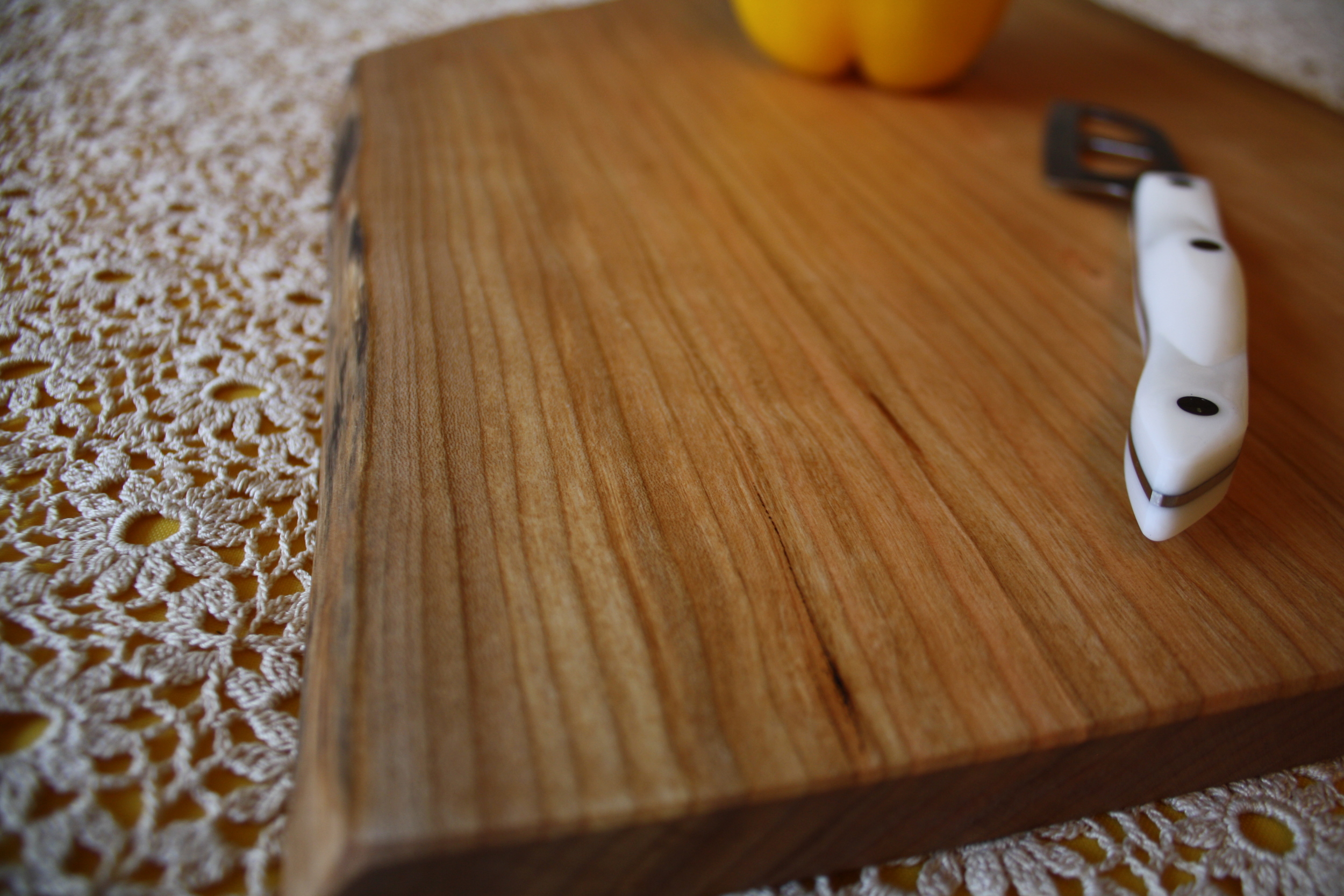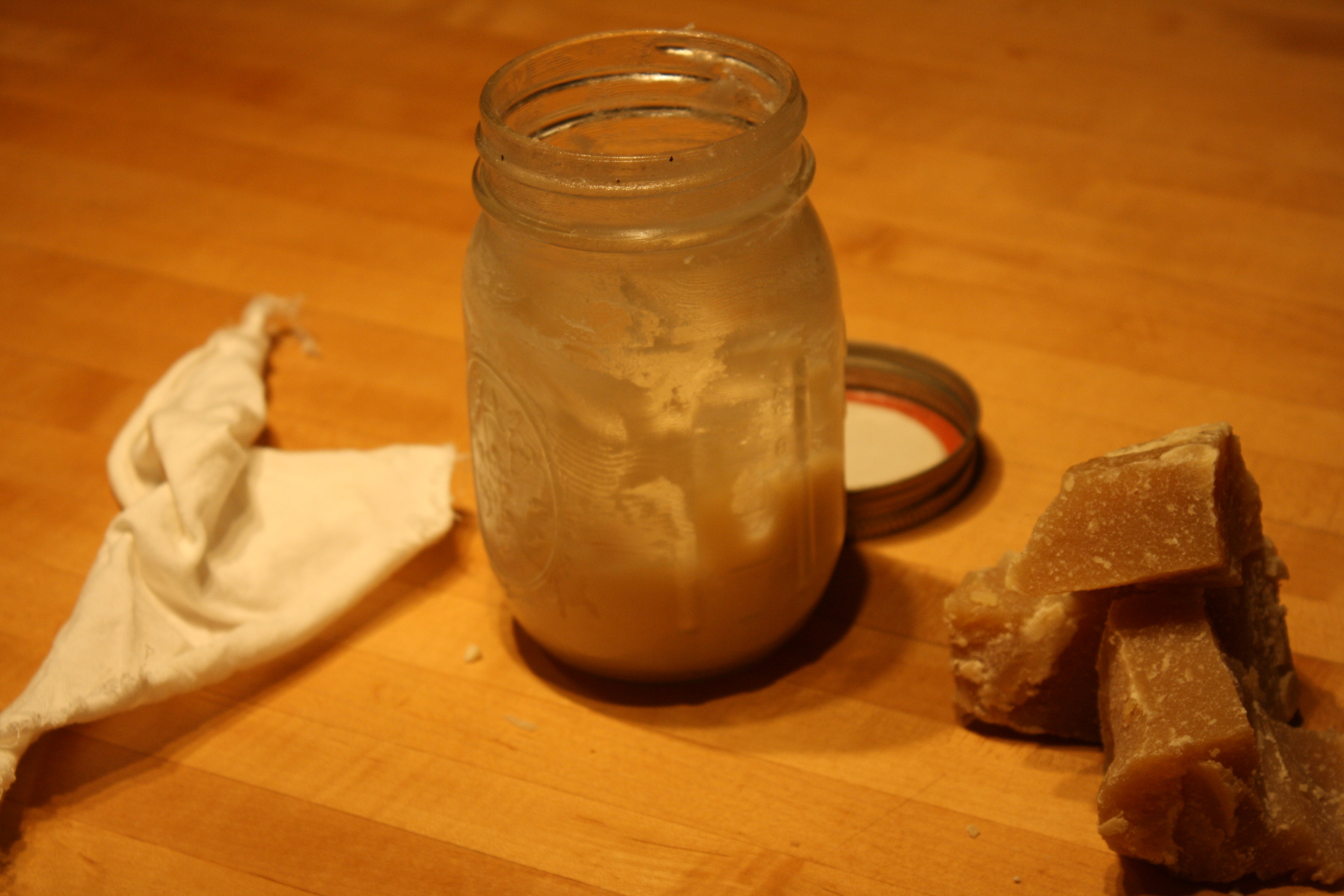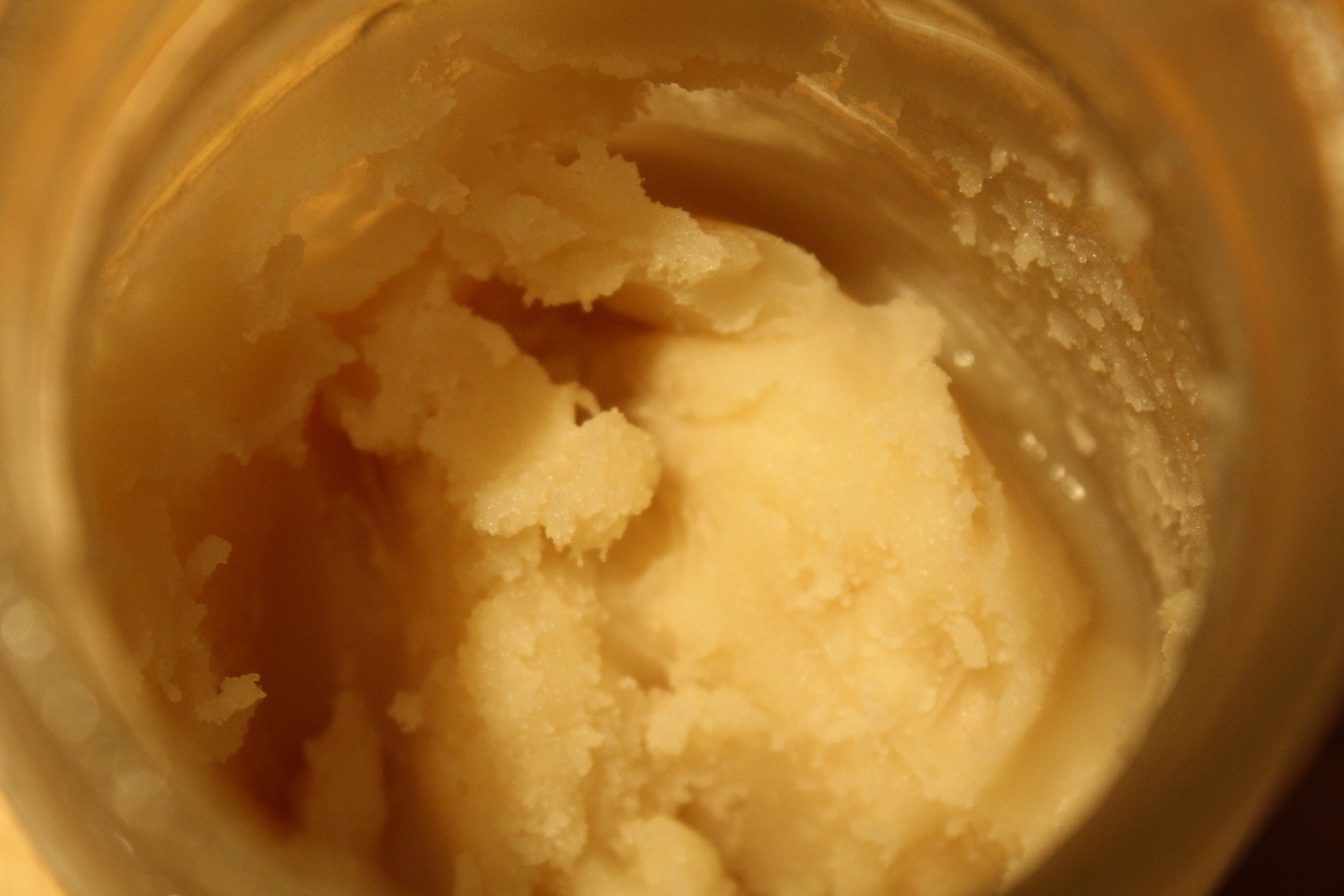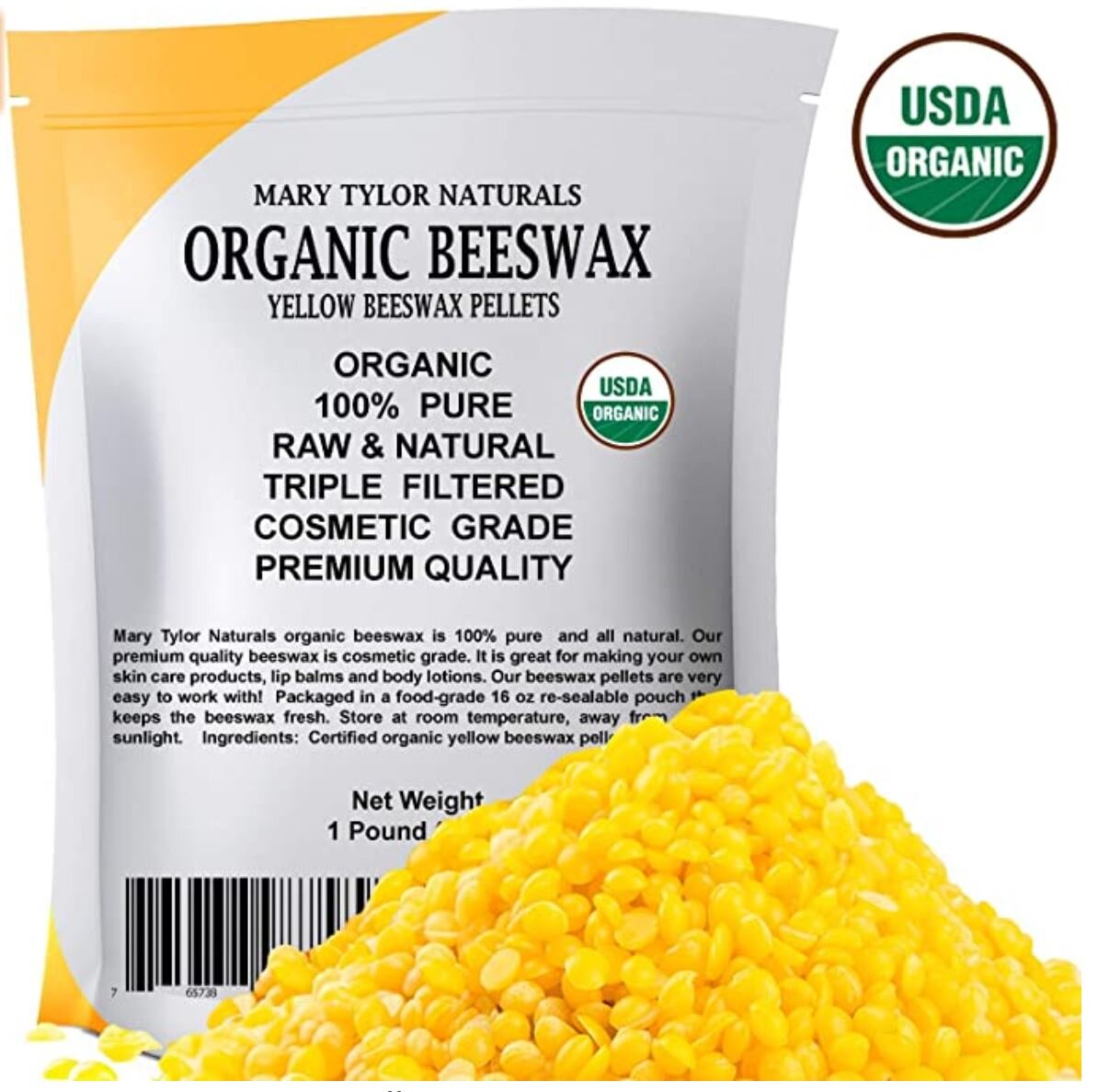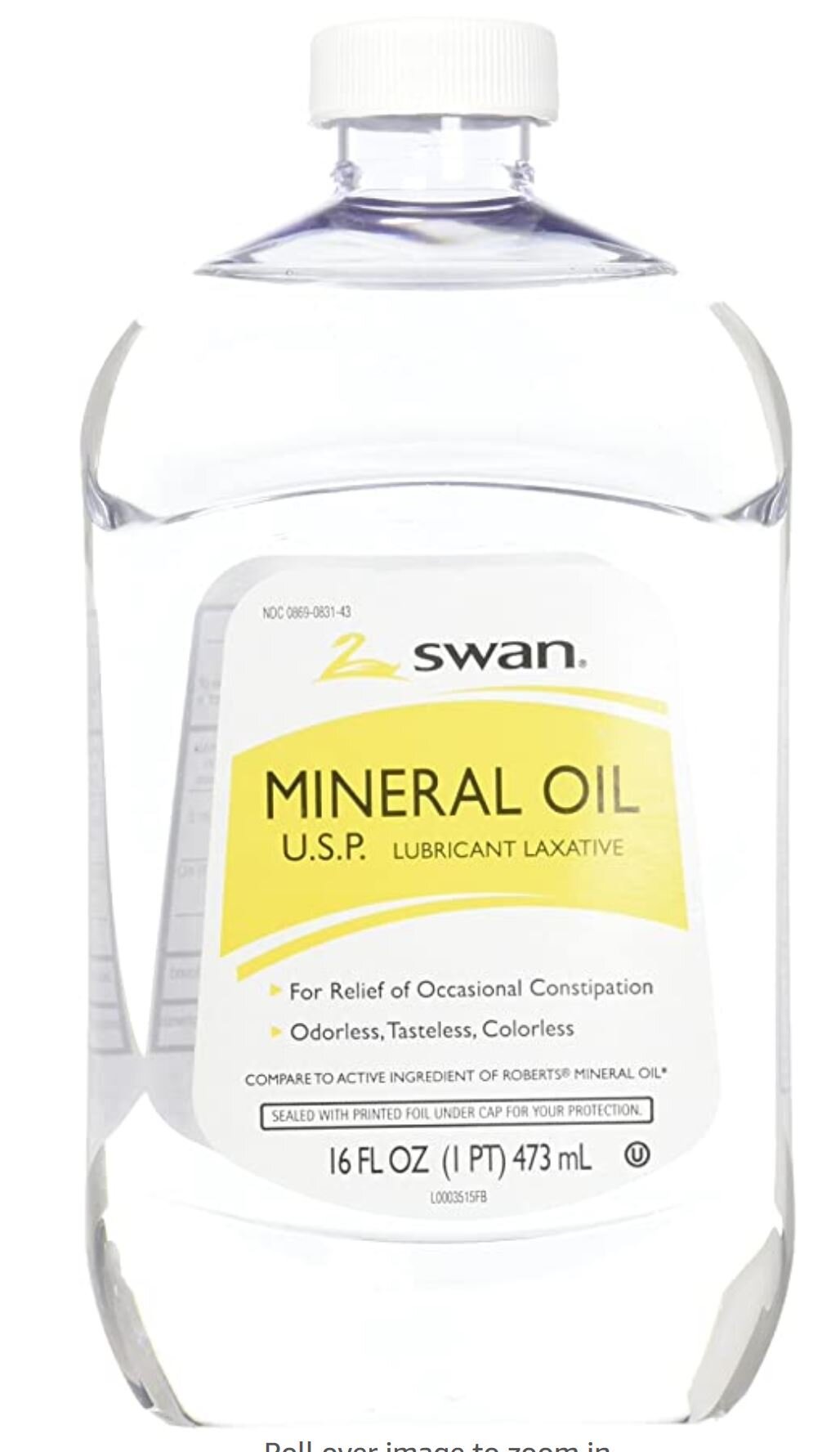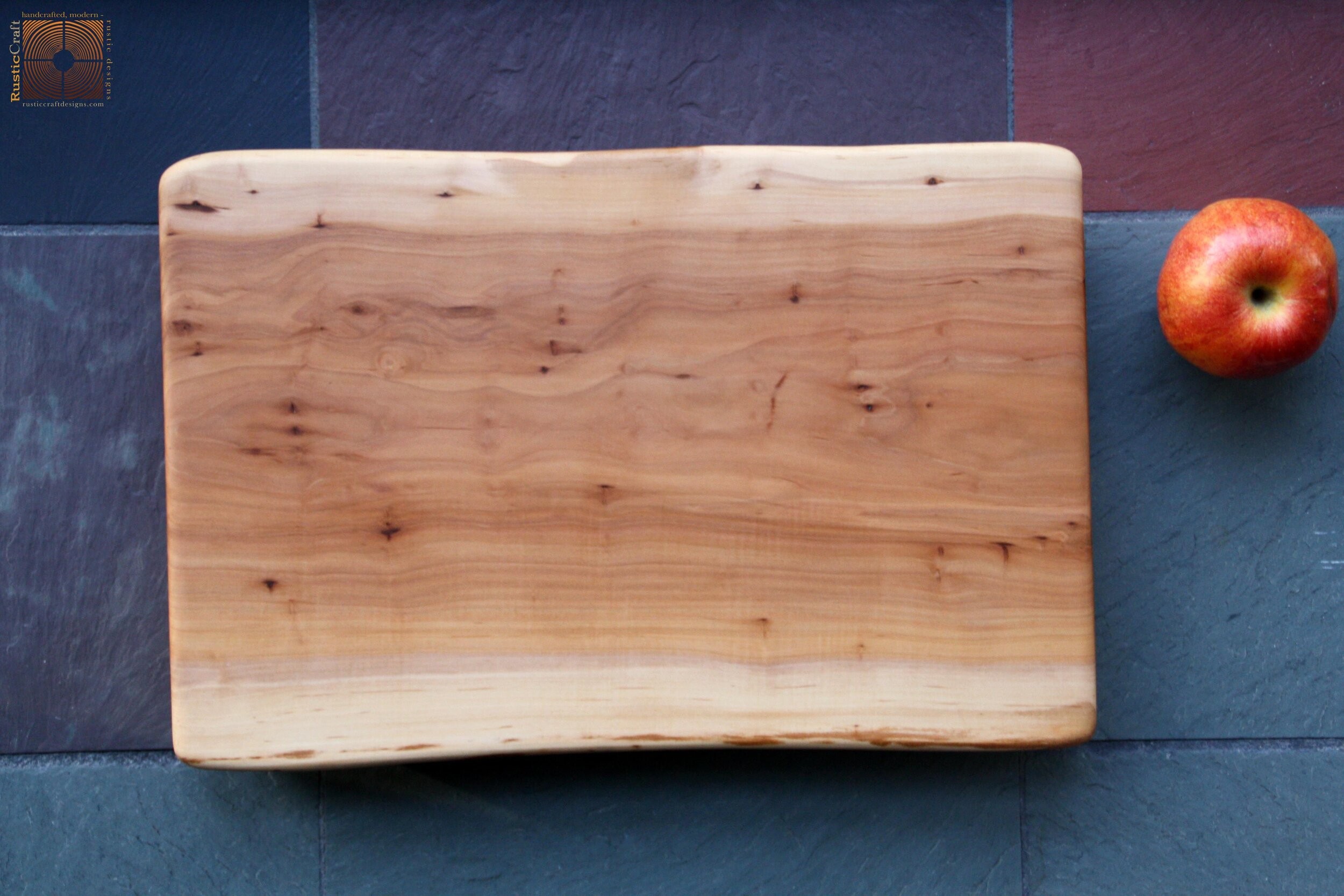Beeswax & Mineral Oil Wood Seasoning Butter Recipe
Whether chopping vegetables, cutting fruits or slicing meat, our wood cutting boards are used more than any other utensil in our kitchen! When the prep work is done, the boards are vigorously scrubbed down in soap and water with bristle brushes and sponges. If your wood cutting boards are anything like ours, they are used and abused...but that’s the beauty of wood: it's durability and anti-microbial properties cannot be beat. With proper maintenance, these functional wood accessories will last for generations. In order to preserve our wood cutting boards and butcher blocks, I season them every few weeks ....sometimes months.... or so, before they show signs of dryness or cracking. Our preferred method helps to keep them water resistant and serves to restore their shine and luster.
We use a combination of mineral oil and beeswax butter, which is about the same consistency of regular butter. It’s a simple mixture (see recipe below) that can be whipped up and applied, ensuring the longevity of your cutting boards, wooden spoons, spatulas, rolling pins—all your wooden utensils. It not only restores and protects, it leaves your wooden items with the light honey sweet scent of beeswax. And the combination will moisturize your own hands in the process!
*Straight mineral oil or butcher block oil blends can be used for vegan applications
*We use mineral oil due to its low cost, high absorption and resistance to rancidity. More Eco-friendly oils can be substituted for mineral oil such as jojoba oil, walnut, coconut or almond oil. For the nut oils note some people may be sensitive to nut allergies. For walnut and almond oil mixtures--- any leftover beeswax+oil butter should be stored in the refrigerator to resist rancidity.
Above all, we want our RusticCraft cutting boards to last—not only because they serve us well, but they also tell the story of time spent in the kitchen preparing our bountiful feasts! =)
To purchase our ready-made Beeswax blend pastes in Original, Jojoba & Coconut blends:
DIY Beeswax & Mineral Oil Wood Seasoning Paste Instructions
yields 10 ounces of beeswax + oil butter
Ingredients:
Unfiltered, yellow beeswax chunks or pellets; 1/4 cup ( 2 ounces) You can purchase at your local health food store or farmer's markets; we suggest Mary Taylor Naturals Organic Beeswax Pellets here which makes it easy to measure and will make 8 batches of this recipe.
Pharmacy grade Mineral oil ( or Jojoba Oil...or Coconut Oil); 1 cup (8 ounces) You can purchase Mineral oil at any drugstore; or purchase this Swan Mineral Oil 16oz here which will make two batches of this recipe.
Tools Required:
measuring cup
small saucepan or a double boiler for melting the beeswax
pint sized wide mouth glass mason jar for storing the butter; wide-mouth for ease of access
skinny spatula or butter knife
Step 1:
Pour mineral oil into a measuring cup until you have 1 Cup of oil. Add beeswax to the oil until you have 1 1/4 cup of oil+beeswax.
It's quicker to break up the beeswax chunk into small pieces for quicker melting, you may also shave your beeswax in a cheese grater before adding to the oil.
Step 2:
Pour your oil+beeswax mixture into your double-boiler or saucepan and heat on low, stirring constantly until the beeswax has dissolved into the oil.
Beeswax has a high melting point range of between 144 to 147 °F....discoloration occurs if heated beyond 180°F.
Step 3:
Remove from heat, let sit for a minute and pour this mixture into your glass mason jar. Let this mixture cool for a few hours; stirring once or twice an hour with a skinny spatula or butter knife to ensure a well blended paste. If you do not stir the mixture before it fully cools, it will be less consistent of a paste, with the middle being more oily than the edges.
Application:
Ensure your cutting board is cleaned and dried prior to seasoning.
To apply your new beeswax + oil butter to your wooden items; scoop a dollop of the paste onto your board...a little goes a long way.
Using a clean white cotton rag (or your clean fingers), rub into the board with the grain until the wax disappears.
Let this soak into the board for 5-15 minutes or so.
Rub the board for a minute or so with a clean cotton rag to buff the finish until soft and smooth. For best results rub/buff in small circular motions.
Let sit for a few minutes to a few hours...and you are done! Your board should be soft to the touch, with a wet-look luster and sweet slight scent of honey.
This mixture can be saved in your pantry for the next application. You may want to label the jar...just in case...= )
I hope this wood care post was helpful! Please don't hesitate to post questions or comments...thanks!
For more information regarding maintenance of wood cutting boards; see our cutting board care instructions here:
http://rusticcraftdesigns.com/cutting-boards/cutting-board-care-instructions/
Wood...our beautiful, natural, renewable kitchen resource.

